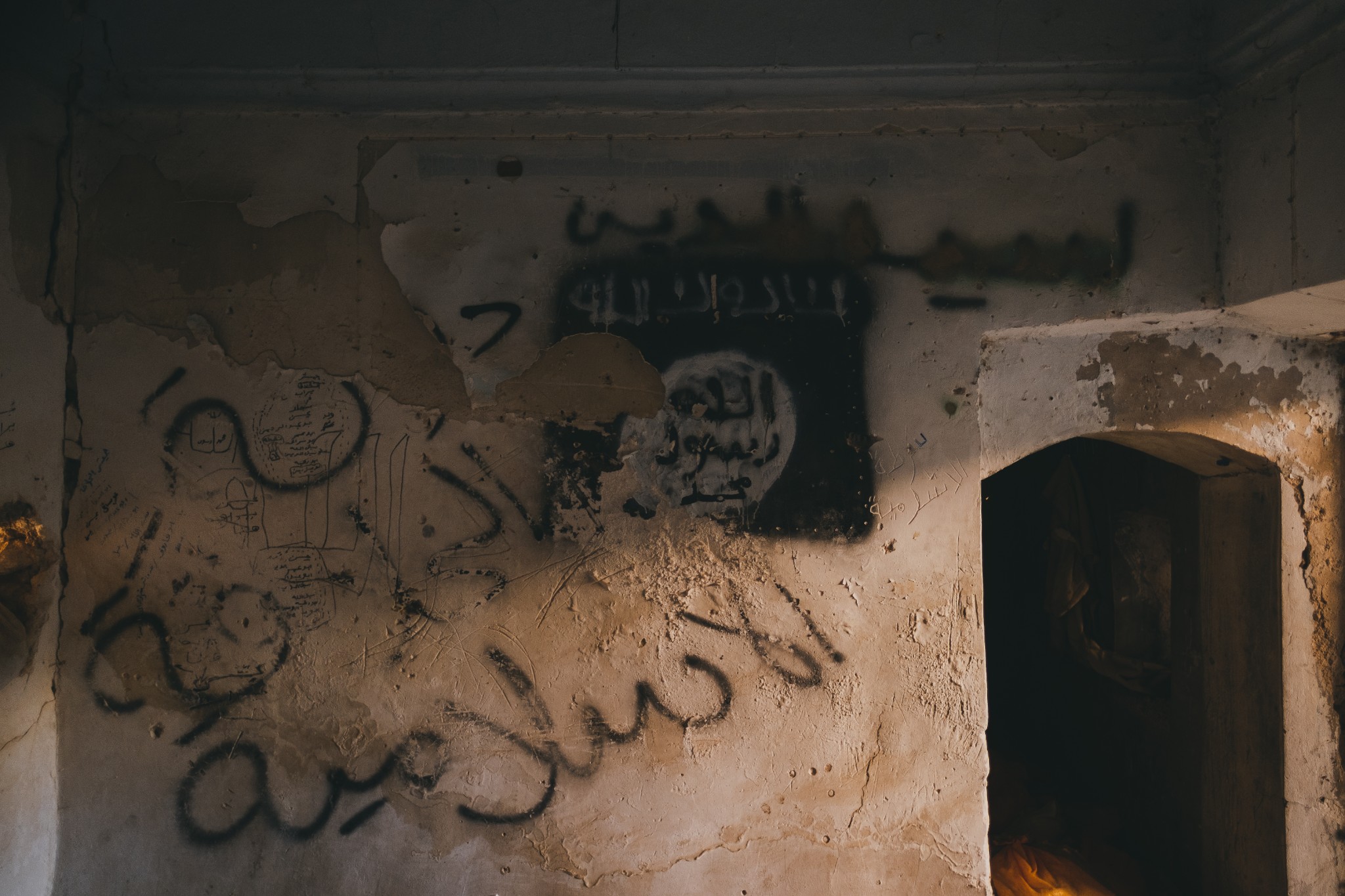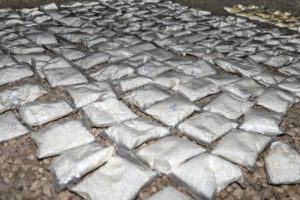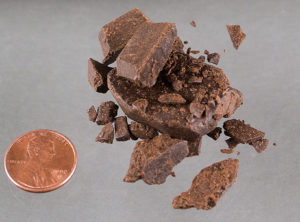 CC Image Courtesy of Levi Clancy.
CC Image Courtesy of Levi Clancy.
Branching Out- How Drugs Could Help ISIS Finance a Resurgence
Despite President Donald Trump declaring the Islamic State of Iraq and Syria (ISIS) defeated over a dozen times, the terrorist organization persists. On July 6, U.N. Secretary-General Antonio Guterres warned that ISIS is attempting to “reassert itself” in both Iraq and Syria in light of the opportunities that COVID-19 has presented. Further, it has recently carried out attacks in Mozambique, Nigeria, the Philippines, and the Maldives.
Since the collapse of the caliphate, ISIS has been forced to adapt its financial strategies, which includes shifting its focus to the drug trade. On July 1, Italian police seized over 85 million pills of Captagon, a drug ISIS has been known to traffic in the past. While there are questions of who produced the pills that made up the “largest drug haul in the world in terms of both value and quantity,” the underlying issue highlights the risks of ISIS gaining new forms of income. Should ISIS further shift its focus towards drug markets, it would simultaneously help fund its operations and fill a void in the synthetic drug market that has been brought on by COVID-19.
ISIS’ Finances
ISIS thrived for years through its elaborate financial schemes. The group formerly benefited from oil production and smuggling operations in Iraq and Syria. The lucrative revenue source provided between $1 to $2 million a day. Other funding stemmed from wealthy private donors, extortion, kidnappings for ransom, and looting and selling valuable antiquities.
Since the territorial loss of its caliphate in March 2019, ISIS has been forced to adapt its financial tactics as its strength has dwindled. Like most other terrorist organizations, ISIS is opportunistic. As synthetic drug markets have struggled to react to COVID-19, production from conventional sources has been impacted. ISIS’ decentralized networks allow it to continue operating where other actors, i.e., states, may not be able to.
ISIS’ Drug History
The United Nations Office on Drugs and Crime (UNDOC) has suggested that ISIS has used and profited from producing and trafficking pills to help finance itself. Three drugs that ISIS has engaged in the past include Captagon, Tramadol, and hashish.
Captagon
Largely produced in Syria and distributed across the Middle East, the drug Captagon is a highly addictive amphetamine and is informally known as the “jihadists’ drug.” The nickname emerged as many terrorists use the drug to stay awake, have increased alertness, and to mitigate pain. The addictive drug is based on another synthetic drug, “fenethylline,” but it is unknown if ISIS primarily exports or consumes Captagon.
In May 2018, the Combined Joint Task Force Operation Inherent Resolve conducted a successful operation that captured over 300,000 Captagon pills in southern Syria. The large cache of drugs was estimated to be valued at over $1.4 million on the black market. The international coalition’s seizure helped thwart ISIS’ finances before it was able to traffic the pills across the region.

Over 127 plastic bags filled with an addictive drug called Captagon lie ready for destruction after being seized by U.S. and Coalition partners in Southern Syria, May 31, 2018. CC Image Courtesy of the U.S. Army.
Tramadol
Tramadol is a popular opioid that is commonly prescribed in the U.S. to treat moderate to severe pain. Similar to medical practitioners treating their patients in the U.S., ISIS utilizes the drug to help its insurgents combat fatigue and pain. However, ISIS militants do not just take Tramadol; they have a history of trafficking the drug. Over the years, ISIS taxed drug routes that traversed through its territories, taking profits from the sales.
In June 2016, Greek authorities confiscated 26 million tablets of Tramadol arriving from New Delhi intended to be received by a company with relations to ISIS in Libya. The estimated value of the cache was $13 million. The following May, 37 million pills of Tramadol also sent from India were seized by Italian police. Worth approximately $75 million, the pills would be both trafficked and used by its militants. Six months later, in November 2017, a further 24 million tablets of Tramadol meant to travel to Libya were impounded in southern Italy. The opiates were worth $58 million and would have generated substantial funds for ISIS’ activities.
Hashish
Similar to taxing the Tramadol that moved through its territories, hashish made its way from Morocco through Libya, where it would often be lost on its path north, only to reemerge in Europe through the Balkans. From April 2013 through December 2015, 20 boats were intercepted, resulting in 280 tons of hashish confiscated by authorities. The hashish seized was valued at roughly $3.2 billion. The market for such drugs is highly profitable, particularly in Europe. In 2019, Europeans spent $33 billion on illegal drugs. As drug markets have had production issues for meeting demands, ISIS could find a niche market to supply some of the users.

Hashish. CC Image Courtesy of the U.S. Drug Enforcement Agency.
Learning from the Past
Attacks from ISIS have increased steadily since mid-2019 as the terrorist organization seeks to reinvigorate its base of operations in Iraq and Syria. As ISIS’ tactics have adapted from targeting larger cities to establishing rural strongholds, its message of striking the West persists. Thwarting an ISIS resurgence should be of paramount importance for the international coalition tasked with dealing with the terror group.
COVID-19 has allowed terrorist organizations throughout the globe more freedom to operate. Should ISIS seek to expand its operations by fully embracing the drug trade, the U.S. should analyze how its past strategies could impact future approaches. The U.S. hopes to replicate its past success of targeting a terrorist organization’s direct source of income. However, in the past when the U.S. targeted the Taliban’s opium networks with over 200 airstrikes, efforts failed. Drug networks are challenging to disrupt, and international forces will need to adapt their strategies to prevent ISIS from further utilizing this financial source of income for its operations.





